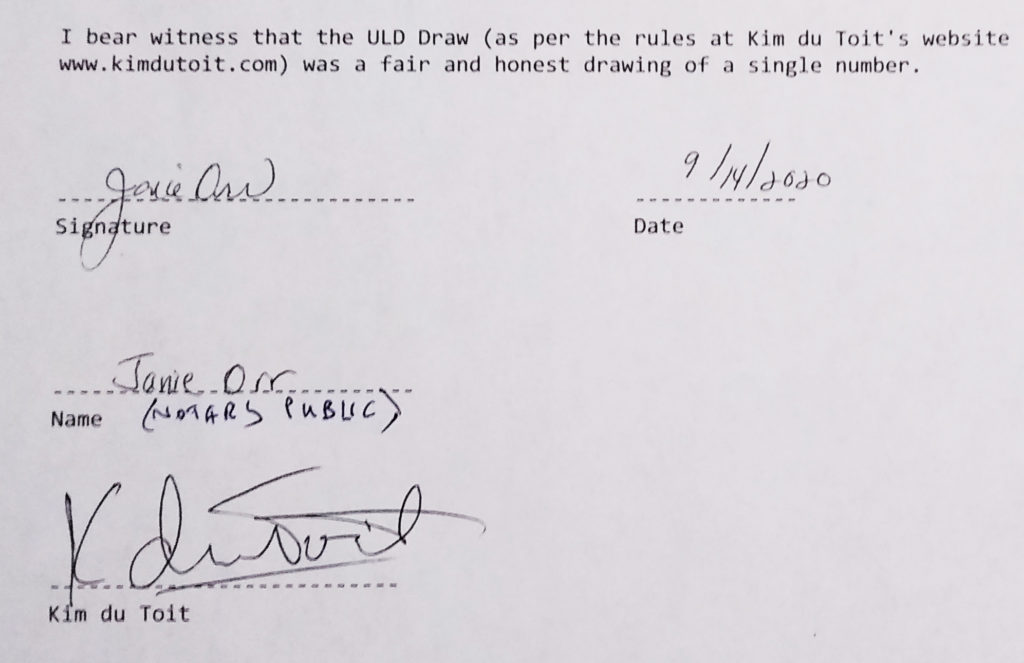Yesterday I took the new toys out to work, said toys being a CZ 550 American (6.5x55mm Swede), topped with a Meopta Optika6 3-18x50mm scope. Here’s the tout ensemble:

…and the illuminated reticle:
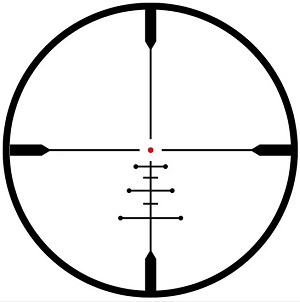
…which I would only use if I were hunting at dusk or dawn. (On paper, the cross-hairs work just fine.)
Now, I’m pretty sure I heard someone saying, “Meopta-whut?”
Me, too; until I discovered who they are. Here’s the full scoop, but the executive summary is:
- Czech company
- been around since the 1930s
- mainly makes commercial photo-enlargers
- renowned for the quality of their glass
- started making scopes a couple decades ago
- if you’ve ever bought a Zeiss Conquest scope [raises hand], it was made by Meopta and stamped by Zeiss
- congratulations; you just paid two hundred-odd dollars more than you had to, for the identical scope.
Let me get the basics out of the way, first.
This scope cost me about $650, and I honestly think I got $1,200 value for it. Holy cow: the precision of the scope is astonishing, and the clarity as as good as any scope I’ve ever looked through. I was originally going to get a Minox ZX-5i of similar power for about $100 more, but nobody had it in stock at the time and I was antsy, so I took a flyer on the Meopta, and I don’t regret it, at all.
That said, there are a couple of things that irritated me about the scope’s setup operation.
I’m using Warne Maxima rings, the tallest you can get, because the 50mm bell needs to be raised off the barrel and CZ bases are quite low. As it turned out, the bell wasn’t a problem. What was a problem was that yuge magnification adjusting ring on the scope:
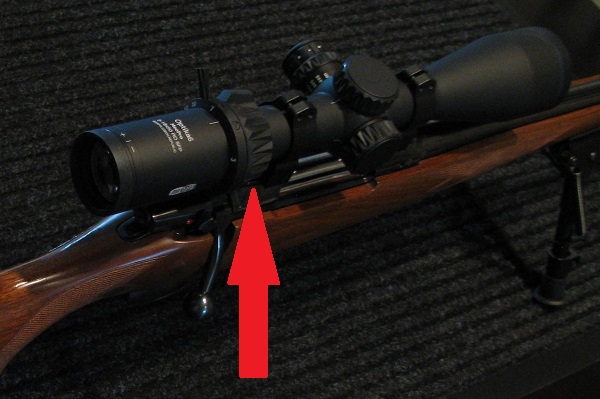
…which proved very good at preventing the bolt from being pulled back — which, in a bolt-action rifle, is Not A Good Thing. I had to put a shim into the rear scope ring to raise the scope the requisite millimeter or thereabouts so that the bolt handle would clear the adjusting ring.
The second issue also involved the adjuster, and it was the little stick screwed into it, supposedly to aid the easy working of the mag adjuster (which, by the way, is hellish stiff, more than it has to be, I think, but it should ease up with use).
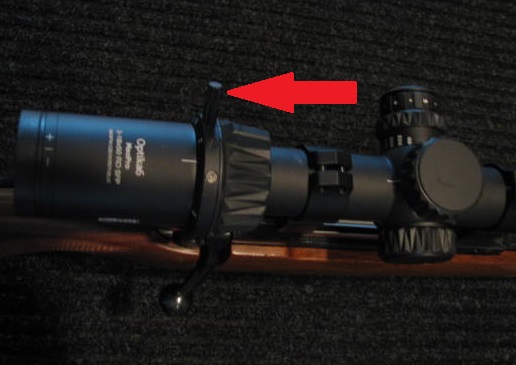
Well, maybe the stick helps adjust the ring, but what it also does is get in the way when you’re working the bolt — and yes, there are several threaded holes to choose from to overcome this problem: but what I found was that moving the stick so that it stayed out of the way worked for one magnification setting, but as soon as I changed the magnification (from, say, 10x to 5x or 12x to 18x), the fucking thing would catch on my hand when I worked the bolt. And nothing makes Uncle Kimmy crankier than when something interferes with him working the bolt.
So I unscrewed the little stick and threw it away. Don’t need it, won’t need it, especially as the adjusting ring has those deep, thick grooves to provide a decent grip*.
But those were the only issues I encountered at that session. The scope worked flawlessly, and zeroing it took just under an hour (I generally let the barrel cool between strings, especially a skinny lil’ thing like the 550’s.)
Like an idiot, I hadn’t bothered bore-sighting the scope before hitting the range, and I paid for it by having to waste over a dozen rounds just to land the boolets into a dinner-plate group.
I had no intention of going for MOA (except by luck) during this session, anyway. This is a hunting rifle rather than a precision target piece, and in any event, I was only shooting one brand of ammo to get everything into the same zip code.
The ammo was my standard sighting-in choice: bottom-of-the-line no-frills Federal 140-gr Soft Point:
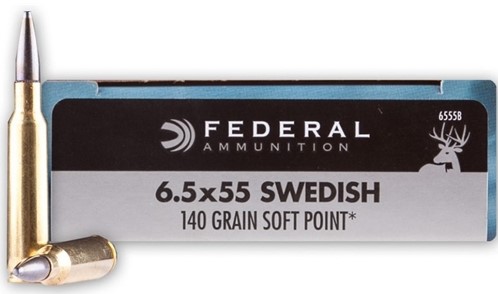
…with which I managed this 100-yard grouping with the last 5 rounds in the box.
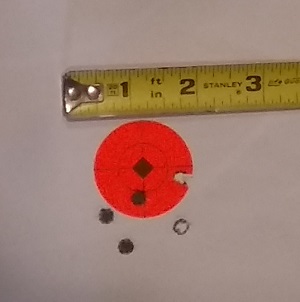
That’s close enough for government work (or anti-government work, depending on your circumstances).
Now that the scope is roughly zeroed, next week I’ll get serious and start running through the dozen-odd different brands and bullet weights I have lying around in Ye Olde Ammoe Locquer, to see which one works best.
What fun.
*I don’t wear heavy gloves when shooting, anyway — in very cold weather (e,g, Scotland), I use the flip-off mitten type over thin gloves.








